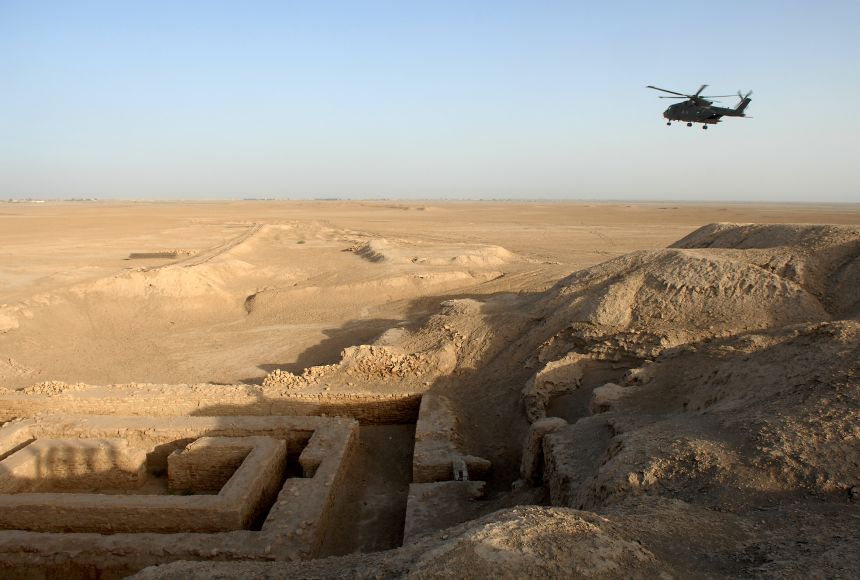The first cities appeared thousands of years ago. They were built in places where the land was good for farming. As hunters and gatherers, people used to move from place to place. As farmers, in contrast, they settled into communities that were tied to the land. Nearby waterways provided a transportation system, making it possible to trade with neighboring cities.
For the next thousands of years, cities continued to grow in number, size, and importance. Some cities that were once among the largest in the world, like the cities of Mesopotamia, no longer exist. Others have shrunk. Most, however, have continued to grow, often very quickly.
People Left Rural Areas for Big Cities
Today, living in a big city is very common. Until recent years, the vast majority of people lived in the countryside. In 1800, for example, more than 90 percent of the world's population lived in the countryside. Living in cities was rare. In the United States, less than 6 percent of people lived in cities, but by 1900, this number had increased to about 40 percent.
One of the main reasons for the growth of cities was the Industrial Revolution. It began in England toward the middle of the 1700s and soon spread to the United States and other parts of Europe. During the Industrial Revolution, factories were built in cities, creating a demand for workers there. Over the next hundred years, millions of people in the United States and England moved from farms to cities. As factories were built in other parts of the world, more cities grew.
Thanks in part to the Industrial Revolution, London, England, grew from a population of one million in 1800 to over six million a decade later. It has continued growing ever since. By 1950, New York City, New York, U.S., became the largest city in the world. It had a population of 12.5 million.
The growth of cities was made possible by new technologies. The invention of steel, a new and strong kind of metal, gave birth to skyscrapers. Skyscrapers are high-rise buildings with 40 floors or more. Such tall buildings would not have been useable without the elevator, which carried people up to their apartments and offices in the sky. Technological changes like these allowed cities to grow much faster, especially upward.
The Rise of the Megacity
Experts say that over half the world's population today lives in cities. By 2050, cities will be home to about two-thirds of the world. Much of this growth will come from families in cities having more children. It will also be driven by the migration of people from the countryside to cities.
All of this growth has led to the rise of megacities, which are cities with a population greater than 10 million. New York City and Tokyo, Japan, became the world's first megacities in the 1950s. By 2018, there were 37 megacities across the globe.
Today, cities in Asia and Africa are growing the fastest. In 2019, Tokyo was the world's largest city. It has more than 37 million people. Delhi, in India, has almost 30 million people. Shanghai, China; Mexico City, Mexico; and São Paulo, Brazil, all have populations well over 20 million.
Some Cities Struggle to Provide Services
Experts think that there will be 41 megacities by the year 2030. India already has five cities with over 10 million people. By 2030, it is expected to have seven. Kinshasa, the capital of the Democratic Republic of the Congo, has a population of 11.6 million. It is growing so quickly that it may soon become one of the largest cities in the world.
Just as happened in Europe and North America during the Industrial Revolution, many Asian and African cities are struggling to provide services for their fast-growing populations. Lagos, Nigeria, the largest city in Africa, is home to 12.6 million people. About two-thirds of them live in overcrowded slums. People there live in dangerous conditions. Slums often appear when cities grow quickly.
Nevertheless, megacities continue to expand. They likely will keep growing for years to come.
